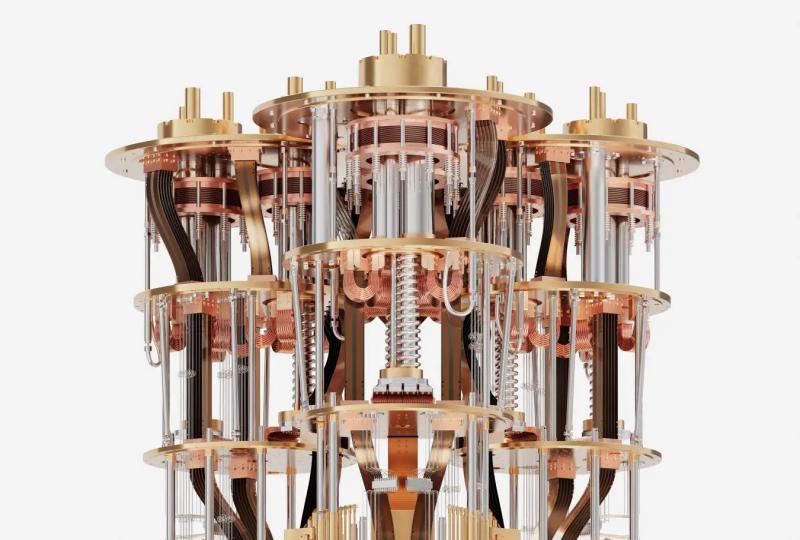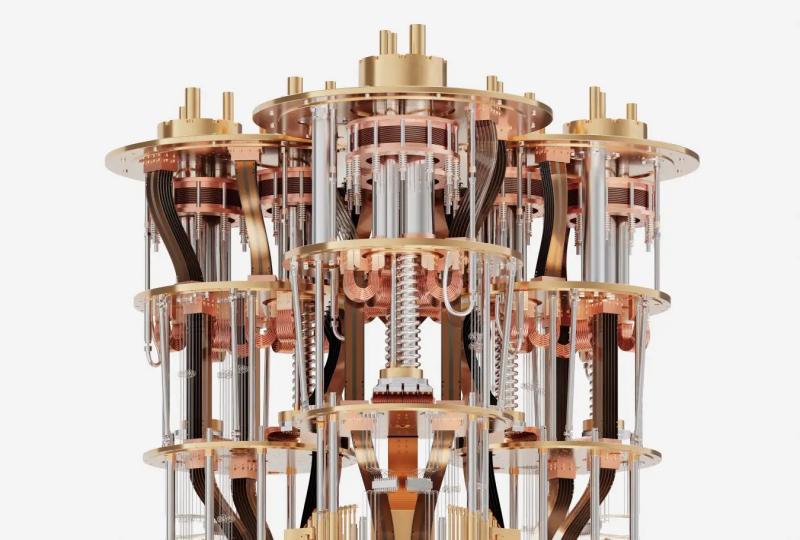China’s SpinQ Sees Quantum Computing Crossing ‘Usefulness’ Threshold Within 5 Years
2025.07.22 · Media Coverage SpinQ Quantum Computer China Quantum Computing Superconducting Qubits
Shenzhen-based SpinQ expects to deliver a 100-qubit quantum computer by the end of the year, founder and CEO says
Founded in 2018 and based in Shenzhen, SpinQ has two main product lines: small-scale nuclear magnetic resonance (NMR) quantum computers with about three qubits for educational use and industrial-grade superconducting quantum computers with up to 20 qubits.
SpinQ said it sold a range of products – including educational quantum computers, superconducting quantum computers, chips, quantum measurement and control systems and application software – to over 40 countries.
But SpinQ founder and CEO Xiang Jingen said quantum computing still had a lot of work to do before it was broadly applicable.
He compared today’s quantum technology to semiconductors in the 1950s, a time when computers were expensive and large and transitioning from vacuum tubes to transistors – and then to integrated circuits.
Unlike classical computing, which processes information in units called bits, which are encoded as either zero or one, quantum computing employs quantum bits – or qubits – which can exist in both states simultaneously due to quantum superposition.
This allows quantum computers to perform complex calculations at significantly higher speeds. Their overall power depends not only on the number of qubits but also on factors like coherence time – the longer, the better – and fidelity, a measure of how accurately a quantum operation reflects its ideal state.
Xiang said quantum and classical computing would complement each other.
“It’s similar to the relationship between aeroplanes and cars: aeroplanes are essential for transoceanic travel, which cars are incapable of, but the latter are far more efficient for shorter distances,” he said.
SpinQ expected to deliver a 100-qubit quantum computer by the end of the year, but Xiang stressed that reaching around 500 qubits would still be crucial for practical applications in certain domains.
While quantum computing is still relatively nascent compared to artificial intelligence, it appeared to be gaining momentum this year, with major tech companies like Google, IBM, and Microsoft making breakthroughs.
In December, Google unveiled Willow, a 105-qubit chip capable of completing in under five minutes calculations that would take current supercomputers an estimated 10 septillion years. It also significantly reduced error rates as qubit counts increased, a critical advancement given that error rates remain a major barrier to the progress of quantum computing.
In February, Microsoft introduced its eight-qubit Majorana 1 chip, followed by Amazon.com’s nine-qubit Ocelot chip.
In March, Nvidia founder and CEO Jensen Huang said his company would open a quantum research lab in Boston. In June, IBM outlined a road map to deliver a large-scale, fault-tolerant quantum computer called Quantum Starling by 2029.
The US still leads China by about three years in quantum computing, according to Xiang. While this may seem a small gap, it is substantial in a rapidly developing industry, particularly because China started later and its quantum talent density lags that of the US.
China has actively ramped up its quantum computing efforts. In 2016, the technology was included in the State Council’s 13th five-year plan as a strategic emerging industry and has been frequently mentioned in annual government work reports and local guidelines.
In 2021, the University of Science and Technology of China (USTC) launched the country’s first undergraduate programme in quantum information science, with over a dozen other universities following suit.
SpinQ is headquartered in the Shenzhen-Hong Kong Hetao Cooperation Zone, an area that hosts several research hubs, including the Shenzhen Branch of Hong Kong Science Park, the Shenzhen International Quantum Academy and the Quantum Science Centre of Guangdong-Hong Kong-Macao Greater Bay Area.
Xiang emphasised the importance of an ecosystem to transition quantum technology from laboratories to industry.
Hefei, the capital of central Anhui province and home to USTC, established China’s first quantum industrial park. A street named “Quantum Avenue” hosts dozens of quantum tech companies, including QuantumCTek, Origin Quantum, and CIQTEK.
“Profitability is our long-term goal, not a short-term priority,” Xiang said, adding that the field required heavy investment in research and development. Despite this, SpinQ said it had seen rapid sales growth of its quantum chips and educational products and has begun delivering superconducting quantum computers priced at tens of millions of yuan.
SpinQ recently closed a Series B funding round worth several hundred million yuan from government-backed funds including CCB Private Equity Investment Management and Wuxi’s Liangxi Sci-Tech City Development Fund, along with several institutional investors like StarsUp Investment, Huaqiang Capital, and Jiusong Fund.
Featured Content






